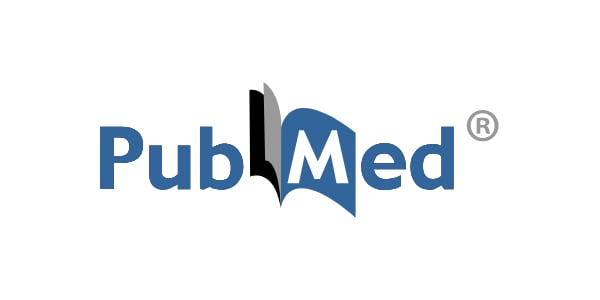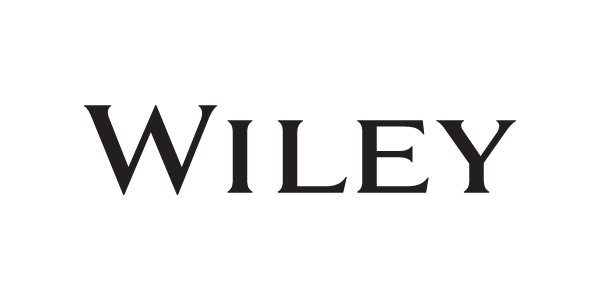UVC Light: A Safer Alternative for Reducing Surgical Site Infections
 UV Medico
:
Mar 5, 2024 10:02:51 AM
UV Medico
:
Mar 5, 2024 10:02:51 AM

Key Findings:
-
Impact of 254-nm UVC:
- Induces significant DNA damage in microorganisms and human cells, with marked CPD formation in mammalian cells.
- Chronic exposure causes sunburn, skin desquamation, hyperplasia, and intercellular edema in mice.
-
Effectiveness and Safety of 222-nm UVC:
- Demonstrates bactericidal properties without inducing mutagenic or cytotoxic DNA damage in mammalian cells, even with chronic exposure.
- Detected CPDs are limited to the hyperkeratotic stratum corneum (superficial skin layer).
-
Clinical Relevance:
- 222-nm UVC emerges as a safer alternative to 254-nm UVC for reducing surgical site infections (SSIs).
- Offers promising applications in healthcare, minimizing risks for patients and hospital staff.
This study reinforces 222-nm UVC as a viable, human-safe tool for continuous infection control in surgical and hospital environments.
Latest knowledge from UV Medico

1 min read
Germicidal Efficacy and Mammalian Skin Safety of 222-nm UV Light

Far-UVC: Significantly Safer for Eyes, Proven by Corneal Damage Study

222nm UVC Light: Safe and Effective Bacterial Killer in Human Trials

1 min read
Safe Long-Term Use of 222 nm UVC Lamps on UV-Sensitive Mice
.jpg)
Far-UVC - Effectively Disinfects SARS-CoV-2 Surface Contamination
.jpg)
222 nm UVC Light: Noncarcinogenic, Safe for Human Skin Sterilization

1 min read
Mouse Skin Reactions to 222nm and 235nm UV-C Light Exposure

 UV222™
UV222™ UV222 Linear
UV222 Linear UV222 Downlight
UV222 Downlight Vertex 222
Vertex 222.png) UV222 Pendant
UV222 Pendant.png) UV222 Booth
UV222 Booth.png) UV222 Step-On
UV222 Step-On.png) UV222 Cleanroom Downlight
UV222 Cleanroom Downlight UV222 Dual Downlight 60x60
UV222 Dual Downlight 60x60 UV222 Material Airlock
UV222 Material Airlock UV222 Ambulance
UV222 Ambulance UV222 Compact
UV222 Compact UV222 Industrial
UV222 Industrial